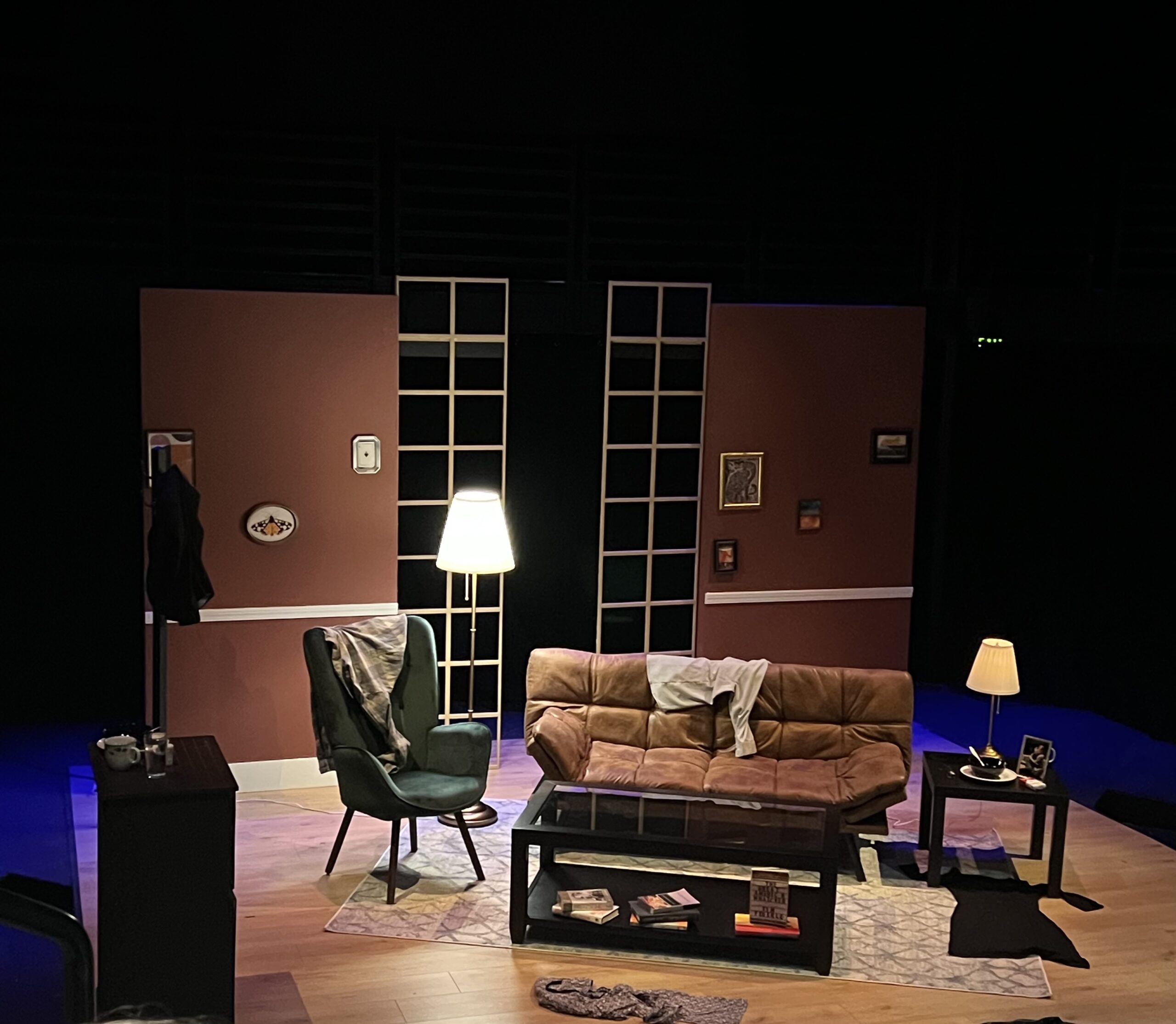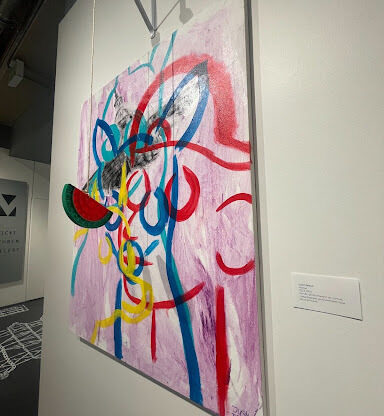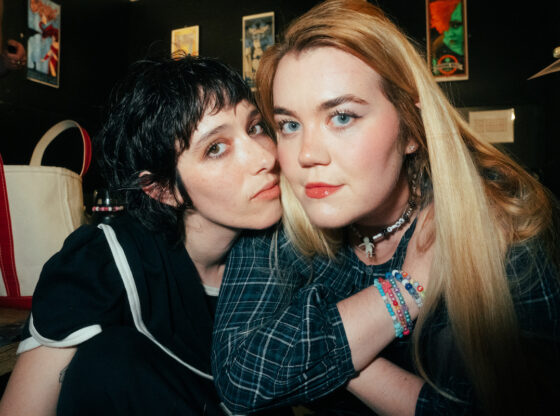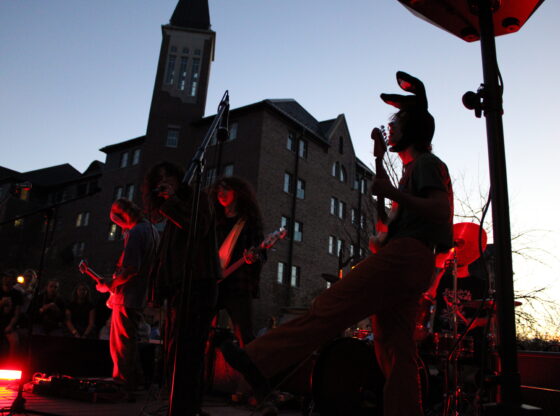If a play opens to the sounds of a train on tracks and a character donning a trench coat and fedora, Shakespeare would be the last expected outcome. Yet, in the DU Theatre Department’s most recent show, these unusual plot twists proved commonplace.
“Something Wicked: Shakespeare’s Macbeth” held the most recent residency in the Byron Theatre at DU’s Newman Center for the Performing Arts from Oct. 31 through Nov. 10. In quintessential student drama fashion, DU’s interpretation featured the typically avant-garde and overly artistic renderings of a classic play.
Adapted by the play’s director and theatre department professor, Howard Lester, “Something Wicked” showcased something much different than what would have appeared on Shakespeare’s Globe stage. Though all of the critical plot points and often confusing Shakespearan dialogue remained intact, many liberties, good and bad, were taken throughout the show.
Most notably, the characters were not static, with every cast member playing almost every character in the show. Through fluid transitions and improper yet refreshing on-stage costume changes, different colors and clothing items symbolized characters rather than familiar faces. The many Macbeths sported a fittingly blood-red jacket while the just as many Lady Macbeths wore a long dress/cape of the same color. These color coordinations also bonded Banquo and his son Fleance in blue, the Macduffs in grey, and King Duncan in a glorious patchwork cape and crown.
This fluidity in character definitively served as the most impressive aspect of the show. Macbeth was originally so revolutionary as a play in its depiction of gender, revealing Lady Macbeth as one of the first masculine women in literature. Famous lines like “Unsex me here” and “Are you a man?” reveal her to be a groundbreaking female, placing her as the patriarch of the Macbeth’s relationship. Simultaneously, Macbeth was written to be more feminine and “weaker” than his wife. Of course, tying weakness and femininity together is slowly becoming an outdated concept, but for Shakespeare’s and most of history’s time, this gender-bending was revolutionary and empowering to women.
However, where the biggest triumph exists in DU’s interpretation, so did its biggest mistake. Though many female characters played Macbeth in the course of the show, never once did a male character play Lady Macbeth. The action should have gone both ways in order to fully translate the central point of gender across to the audience, especially in showcasing Lady Macbeth’s groundbreaking masculinity.
Another effective aspect of the play was what the characters did when they weren’t putting on red capes onstage. At all times throughout the play, characters not occupied with main roles took to the ground, making themselves distorted, crawling creatures that surrounded the main players.
Remember “Double, double toil and trouble?” Conceptualized in the 1930’s noir-esque opening scene, these crawling creatures seemed to be emblematic of the witches who voiced this iconic line and many others in the original play. Other than conceptualizing the witches as immortal, modern-day creatures and introducing their predatory, crawling movements to the audience, this scene did not do much good for the play. Though it was introductory, the entrance of Macbeth’s actual plot line felt abrupt after such an unconventional opening.
Yet, the play was entirely devised by the theatre department.
Cast member Nate Cushing stated, “Our director adapted the script and then he just came in very loosely and kind of opened it to us [the cast members].” He continued speaking about the process, explaining, “A lot of it was devised by the ensemble coming up with it and it kind of just grew organically from there. It was really cool just working with everyone, even the tech people. It was a really big collaboration [and] that was the best part.”
Amongst some artistic confusion, the play still proved to be solid. Cast members delivered Shakespeare with confidence and vigor. Three simultaneous Lady Macbeth’s served up three overlapping monologues in symbolic white dresses before her suicide. Live action sword fighting produced excitement and suspense. The Byron Theatre and its theatrical tenants preserved the spirit of Macbeth.
Except, there is one last thing to mention as a PSA to future DU Shakespeare productions – synopses are a necessary addendum to programs. If I had not already intensely studied the play in school, I would have no conception of the plot or the meaning of the various characters and artistic choices. And I definitely wouldn’t have made anything of Banquo’s ghost.











